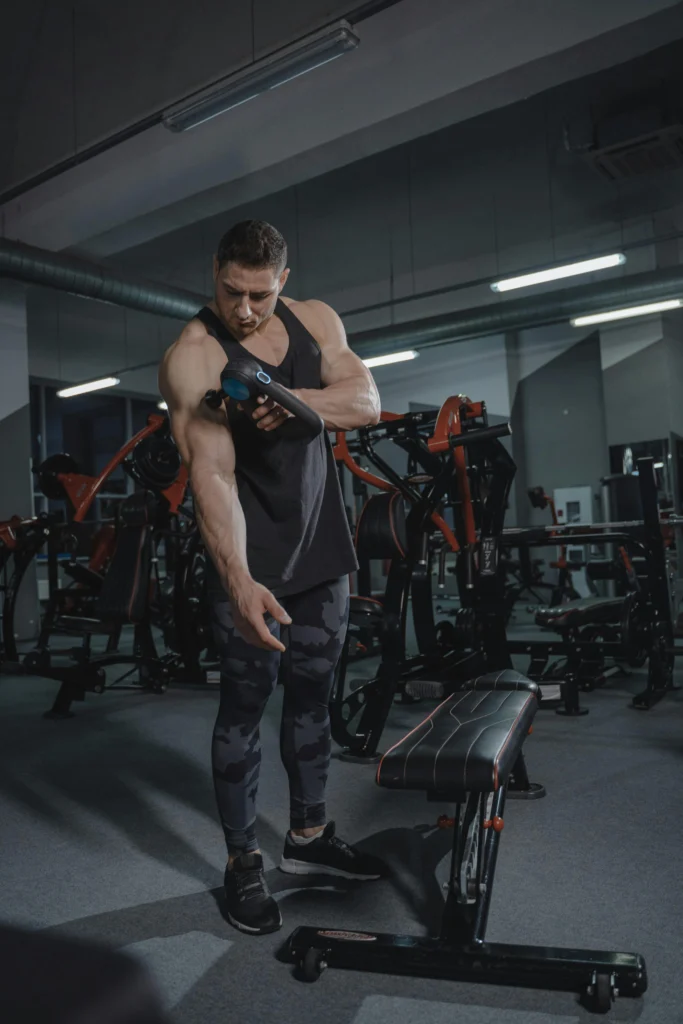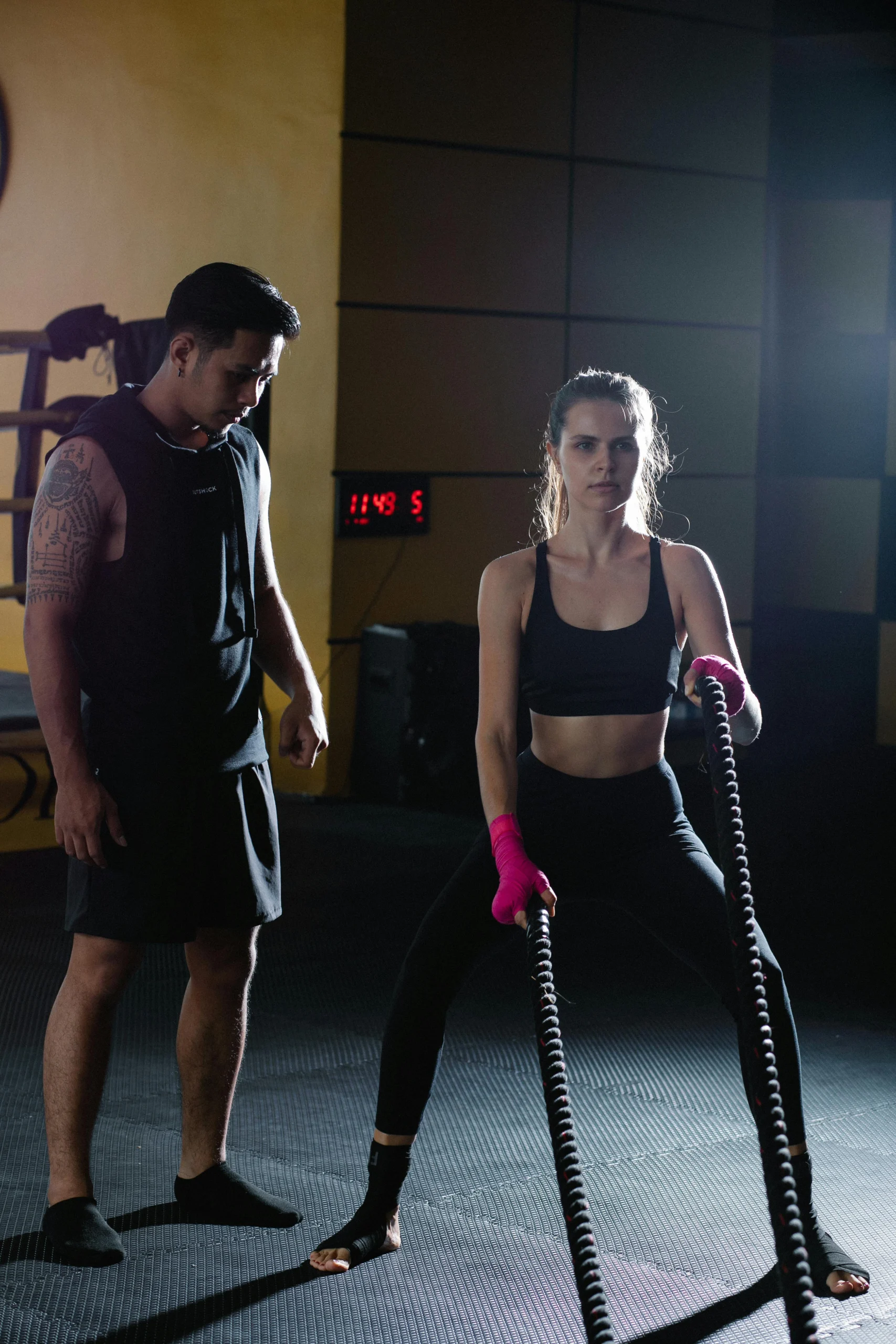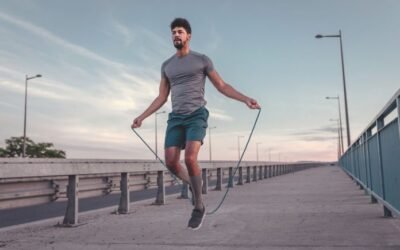For personal trainers and fitness instructors, client safety is paramount. With the fitness industry constantly evolving, staying updated on the latest advancements in injury-prevention equipment is crucial. These innovations not only enhance the safety of workouts but also ensure that clients can train effectively without the fear of injury. This article delves into the latest equipment designed to minimise risk and maximise protection during exercise sessions.
1. Advanced Foam Rollers
Foam rolling has long been a staple in injury prevention and recovery, aiding in muscle relaxation and improving flexibility. The latest foam rollers incorporate vibration technology to further enhance these benefits. Vibration foam rollers stimulate blood flow and reduce muscle tightness more effectively than traditional models. They are particularly useful for warming up muscles before intense workouts and for recovery sessions, helping to prevent muscle strains and injuries.
2. Smart Wearables
Wearable technology has taken a giant leap forward in terms of injury prevention. Devices now come equipped with sensors that monitor heart rate, body temperature, and even posture. For instance, smart wearables can alert users when their heart rate exceeds safe limits or when their form is incorrect during exercises, significantly reducing the risk of overexertion and injury. These insights allow personal trainers to make real-time adjustments to training programs, ensuring exercises are performed safely and effectively.

3. Pressure-Mapping Yoga Mats
Yoga mats with pressure-mapping technology are a groundbreaking addition to injury-prevention equipment. These mats provide visual feedback on weight distribution and alignment during yoga poses or any floor exercises. By ensuring that exercises are performed with correct form and balance, these mats help prevent joint strain and muscle injuries. They are an excellent tool for beginners who are learning the basics of exercise form, as well as for advanced athletes looking to refine their technique.
4. Weightlifting Shoes and Insoles
Proper footwear is essential for injury prevention, particularly in weightlifting and high-impact activities. The latest weightlifting shoes and insoles are designed with enhanced support and stability to protect against ankle sprains and other foot-related injuries. They also help improve lifting performance by providing a solid foundation, which is crucial for maintaining proper form during heavy lifts. Some insoles are even customized to an individual’s foot structure, offering personalised support.
5. Resistance Training Gloves with Wrist Support
Resistance training gloves have been upgraded to include wrist support, addressing one of the common areas for strain during weightlifting. These gloves provide both grip strength and wrist stabilisation, reducing the risk of wrist sprains and tendonitis. By supporting the wrist in a neutral position, they help distribute the weight evenly across the hand and forearm, which is vital for performing exercises like deadlifts and bench presses safely.
6. Balance and Stability Equipment
Balance and stability training are key components of injury prevention, targeting the core muscles and improving proprioception. The latest in balance equipment, such as wobble boards, balance balls, and balance pads, are designed with advanced materials for durability and safety. These tools are essential for rehabilitating injuries and preventing future occurrences by strengthening the muscles around critical joints and improving overall stability.
7. Recovery and Rehabilitation Devices
Recovery is as important as the workout itself in injury prevention. Modern recovery devices, including percussion massagers and electronic muscle stimulators, offer targeted therapy to relax and rehabilitate muscles post-workout. These devices speed up the recovery process, reduce muscle soreness, and prevent injuries by ensuring muscles are properly rested and healed before the next workout session.

The integration of the latest injury-prevention equipment into fitness programs represents more than just an investment in cutting-edge technology; it signifies a profound commitment to the health, safety, and long-term well-being of clients. By staying abreast of and incorporating these advanced tools, personal trainers and fitness instructors not only elevate the safety standards of their sessions but also underscore their dedication to providing the highest quality of service. This proactive approach to injury prevention is essential in fostering an environment where clients feel valued, protected, and empowered to pursue their fitness goals with confidence.
Moreover, the adoption of innovative injury-prevention equipment and techniques serves as a key differentiator in the competitive landscape of the fitness industry. It demonstrates a trainer’s expertise and commitment to best practices, enhancing their reputation and attracting clients who are looking for knowledgeable professionals who prioritise safety above all.
In addition, by minimising the risk of injury, trainers can ensure that their clients experience fewer setbacks, leading to more consistent progress and higher satisfaction levels. This not only aids in client retention but also encourages word-of-mouth referrals, as clients are likely to share their positive experiences with friends and family.
Furthermore, the focus on injury prevention through the use of advanced equipment aligns with a holistic approach to fitness, where the goal is not only to enhance physical strength and endurance but also to promote overall health and prevent the long-term consequences of exercise-related injuries. This holistic perspective is increasingly important as individuals seek comprehensive wellness strategies that encompass physical, mental, and emotional health.
In conclusion, the commitment to utilising the latest in injury-prevention equipment is a testament to a trainer’s professionalism and dedication to excellence in client care. It not only safeguards the physical well-being of clients but also supports their overall fitness journey, contributing to a more positive, effective, and rewarding training experience. As the fitness industry continues to evolve, those who prioritise safety and embrace innovation will undoubtedly lead the way, setting new standards for what it means to train responsibly and effectively in the modern age.




